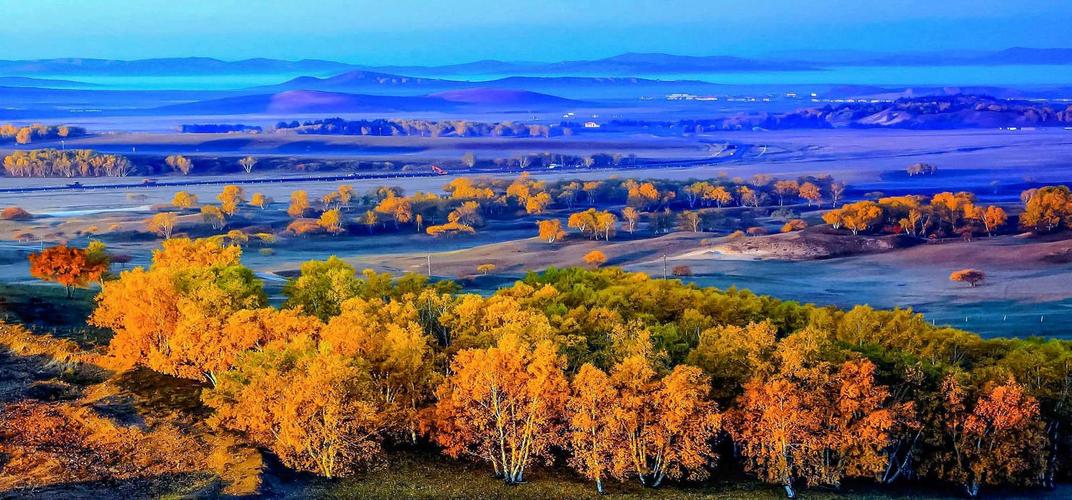Exploring Cultural Traditions: Unique Practices around the World
From the colorful Holi festival in India to the fascinating coming-of-age rituals in Africa, unique cultural traditions are an important aspect of societies around the world. These traditions are widely celebrated, passed down from generation to generation, and hold significant meanings to the communities that observe them.
In this article, we’ll explore some of the most fascinating cultural traditions from across the globe, highlighting the beauty and significance of these practices.
Holi Festival in India
Each year, tens of thousands of people gather in India to celebrate the festival of colors, also known as Holi. This celebration marks the end of winter and the beginning of spring, with participants throwing colored powder and water on each other.
The significance of the festival is rooted in Hindu mythology, specifically the legend of Holika and Prahlad. According to the story, Prahlad was a devout follower of Lord Vishnu, a Hindu god, while Holika was his evil aunt who attempted to kill him. However, Prahlad was saved by Lord Vishnu, and Holika was burned to ashes. Thus, Holi symbolizes the triumph of good over evil.
Coming of Age Rituals in Africa
In many African countries, coming of age rituals are a significant part of growing up. These rituals are designed to celebrate and mark an individual’s transition from childhood to adulthood, with different traditions and customs depending on the community.
For example, the Maasai tribe in Kenya celebrates the transition of a boy to manhood through the circumcision ceremony. This ritual involves the removal of the foreskin in a traditional setting, complete with singing, dance, and blessings.
Similarly, the Zulu tribe in South Africa celebrates the coming-of-age of girls with the Umhlanga or Reed Dance. This practice involves young women collecting reeds to form a ceremonial fence for the queen mother’s residence in a show of respect and loyalty to the monarch.
Day of the Dead in Mexico
In Mexico, the Day of the Dead, or Dia de los Muertos, is a multi-day celebration honoring deceased loved ones. This tradition dates back to pre-Hispanic times, with the celebration becoming associated with Catholicism after the arrival of Spanish conquistadors.
During the festivities, families gather to pray, remember, and celebrate the lives of their departed loved ones. Colorful decorations, altars, and offerings such as sugar skulls, marigolds, and favorite foods of the deceased are common during this time.
The tradition emphasizes the belief that death is a natural part of life and shouldn’t be feared, but rather celebrated as a continuation of life in a new form.
Conclusion
Cultural traditions are an integral part of societies and play a significant role in preserving a community’s identity and values. The above examples are just a few of the many unique and fascinating traditions celebrated across the world.
Whether it’s through colorful festivals, coming of age rituals, or honoring those who have passed away, cultural traditions serve as a reminder of our shared humanity and the diverse world we live in.
(Note: Do you have knowledge or insights to share? Unlock new opportunities and expand your reach by joining our authors team. Click Registration to join us and share your expertise with our readers.)
Speech tips:
Please note that any statements involving politics will not be approved.
